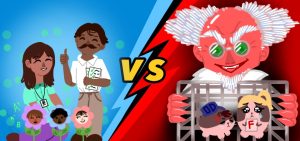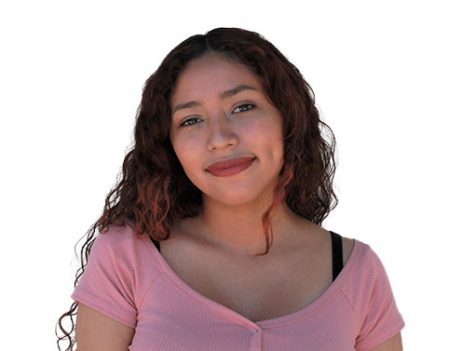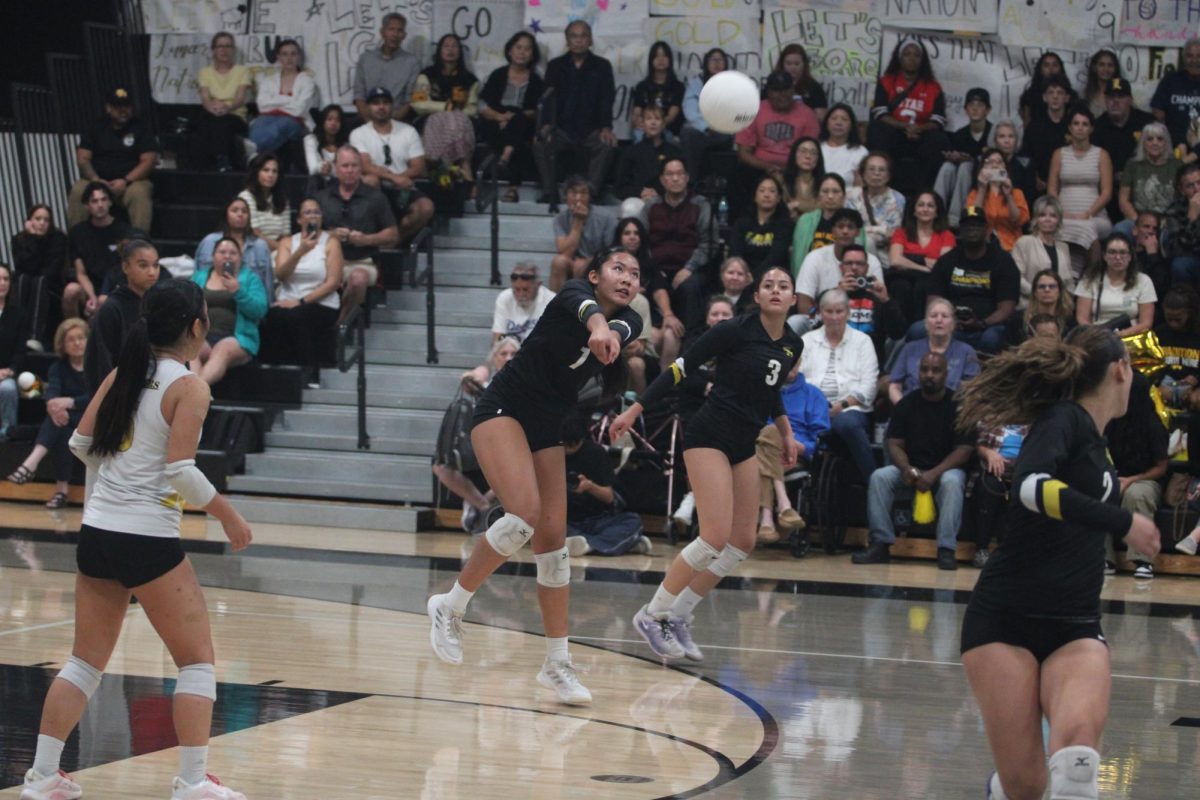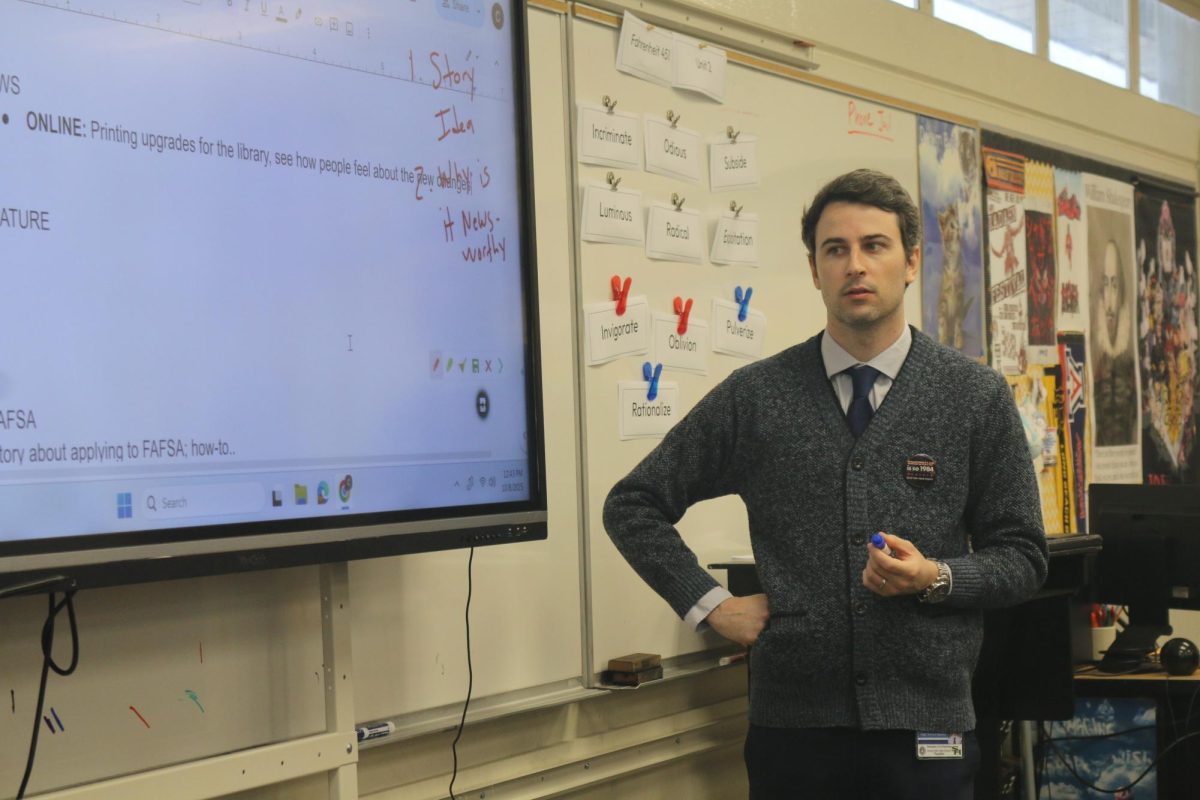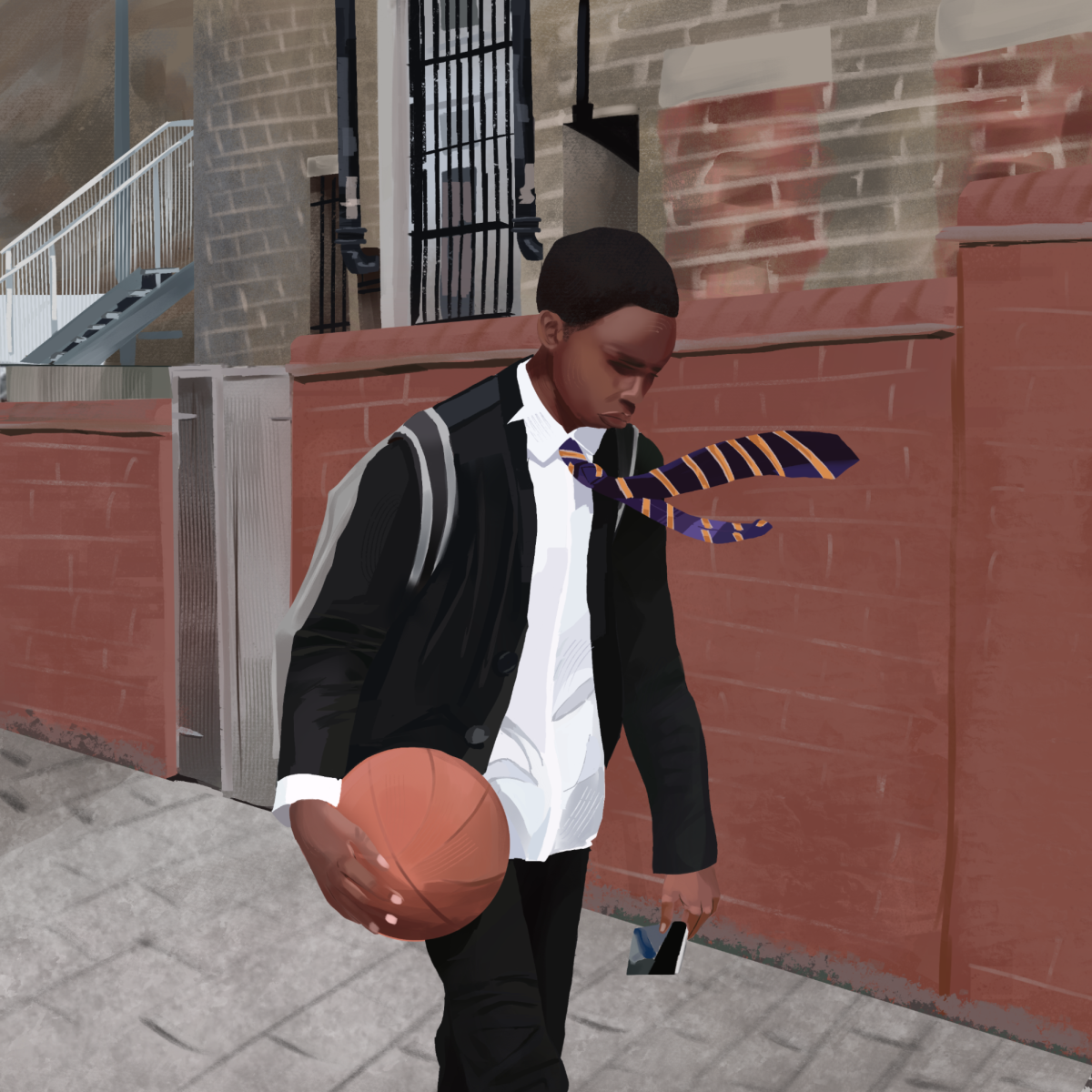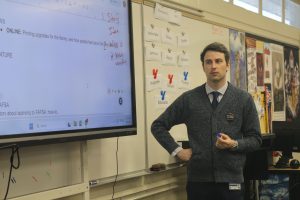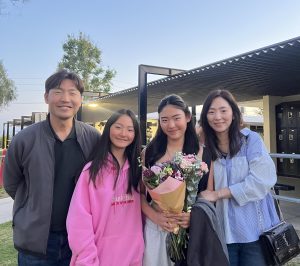Learning from experience: student teaching cultivates better teachers
October 26, 2022
“Good morning, class.”
That was the greeting I had grown accustomed to three years ago whenever I walked into my freshman World History class. Yet this time, in February, a fresh, new tone welcomed me.
At the front of the classroom stood a different adult from the one whom I was used to seeing – this was the face of the individual I had only seen sitting in the back of the classroom for the first semester: my student teacher, let me refer to him as “Mr. J.”
Radiating confidence, he quickly took control of the noise in the room and began talking as if it was as if he’s been in the education field for decades. In contrast to the old-fashioned lectures my original history teacher utilized, Mr. J made his instruction interactive; he presented personal examples, connected historical lessons to the present day and even successfully made the class participate.
I’ll never forget that one time when we were discussing the events of World War II, and instead of just presenting a PowerPoint presentation he showed multiple videos about the ending of the war. The next day, instead of just moving on with the material, there was a question presented to us: Was the Atomic Bombing of Hiroshima justified? This inquiry caused an uproar in the room as everyone presented their own opinions and debated their side; I had never seen such participation in my class.
Previously, I had three student teachers before my freshman year; now, as a senior, I have had a total of one student teacher during my high school experience – Mr. J. Therefore, our school should encourage the inclusion of the teaching credential program that includes the student teaching component on campus as they mutually benefit both students and teachers while honing their skills.
Because of the age difference, teachers tend to lose track of relevant topics and beliefs important to teenagers, so having student teachers in classrooms actively engaging with the material promotes the inclusion of different, modern approaches to a curriculum that builds a connection between the students and the subject.
In my case, world history became more than just memorizing dates and names — it became an opportunity for me to learn a new perspective on the importance of the subject in the modern day. Going back to the Hiroshima discussion, such a heavy question made me realize the weight history has in our present day. Every past action has a lasting effect on society.
As a result, I noticed my classmates and I wanted to participate more in class: we talked in group discussions, contributed to class conversations and answered questions.
Such changes resulted in my actual teacher to start incorporating some of Mr. J’s ideas into his teachings once he took over the classroom again, such as showing more videos and posting the notes online to accommodate in-class discussions.
Critics of my argument may claim that student teachers are unable to manage students because of the constant need for the regular teacher; however, this is the only way to train them for their future job.
According to a November 2020 online article posted on the National Council on Teacher Quality website, when student teachers work with effective teachers, student learning will not be disrupted. Therefore, instead of simply labeling them as a distraction, experienced teachers should work to establish a professional, productive relationship with their student teachers that promotes growth through critique and communication.
Similarly, students should carry a proactive attitude in which they ask questions to make the experience beneficial to both parties.
Additionally, student teachers should not be held accountable for the classes’ full academic understanding of the curriculum; the original teacher should intervene to ensure the material makes sense to the classroom. Student teaching serves as the gateway to mold future great teachers and thus should be seen more in classrooms at our school.


